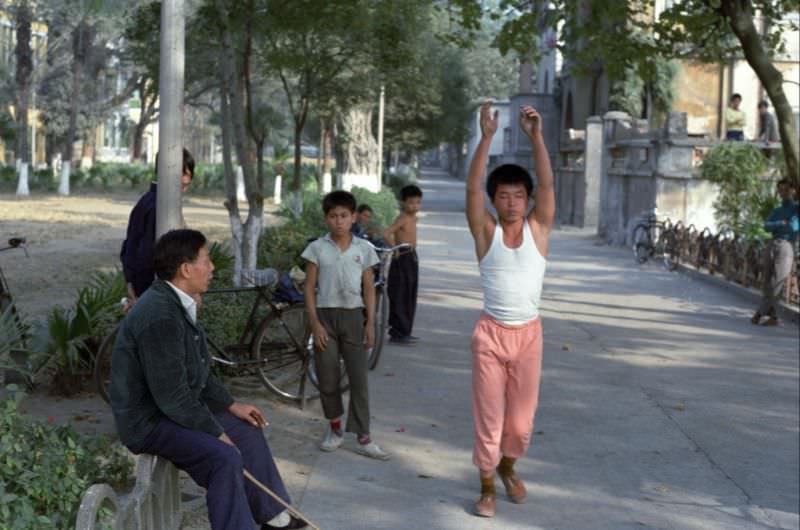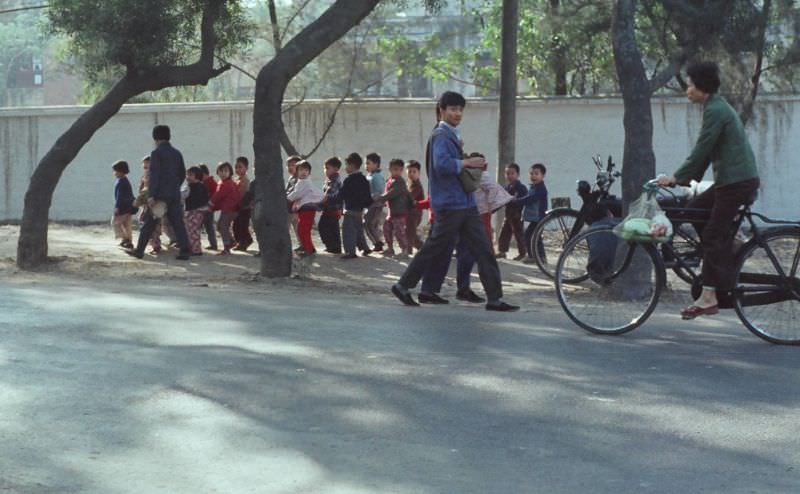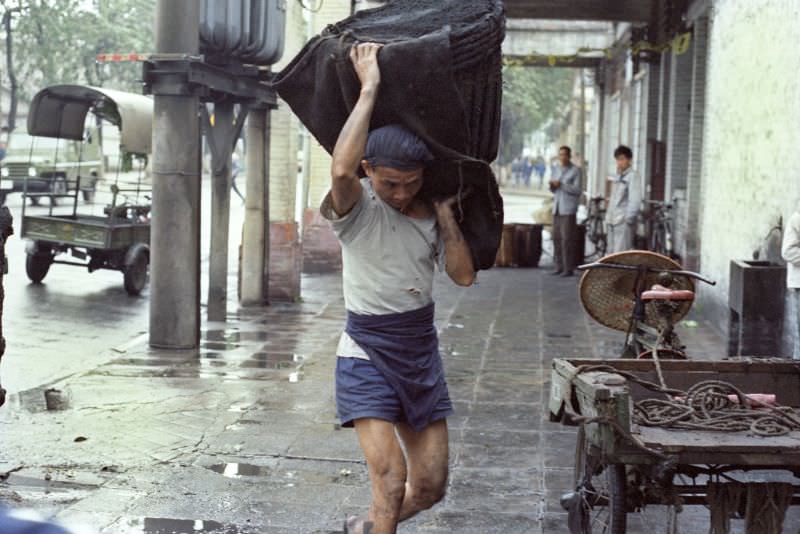Located in southern China, Guangzhou has long been an important trade and transportation hub. The 1970s were a period of considerable change in the city, as China began opening its doors to the world and embracing modernization. With these changes came remarkable advancements in infrastructure, industry, and urban development.
The decade kicked off with the construction of new residential buildings, offices, and public spaces. The city’s skyline began to take shape as architects and urban planners embraced a blend of traditional and modern designs. Guangzhou’s streets, once dominated by bicycles, slowly made way for an increasing number of cars and buses.
Culturally, Guangzhou was a melting pot of influences, as locals embraced new ideas and trends from around the globe. Music, fashion, and art started to reflect a fusion of Eastern and Western styles, giving rise to a unique and vibrant creative scene. The city’s food scene also thrived, with traditional Cantonese cuisine adapting to the tastes of international visitors.
Despite the modernization and development, Guangzhou remained deeply connected to its roots. Traditional customs and practices continued to play an essential role in the everyday lives of the city’s residents. Festivals like the Lunar New Year and the Dragon Boat Festival were celebrated with great enthusiasm, preserving the rich cultural heritage of the region.
Below are some fascinating vintage photos that will take you back to the 1970s in Guangzhou.







































































I too thank you for sharing.
Much of the city still looked the same well into the early nineties, and there are still plenty of inner city villages where similar scenes still exist. The back streets of Shi Pai still feel like the original walled city even today…..
It would have been nice to have more details on the specific locations. Most places I recognised, but there were a few that are still nagging at me…
thanks again.
Those were great. Thank you for sharing!
Cool pics!
I am thinking, on the one had, wow, Guangzhou has changed a lot (to put it mildly), but on the other, (apart from the clothes, bikes, and vehicles), large parts of China still look pretty similar to this.
What’s with the bricks on the head? Never seen that before.
Wish every newbie here had to look at #65 before posting “Xi is preparing to invade Taiwan soon” for the 867th time
These are great. Thanks for sharing!